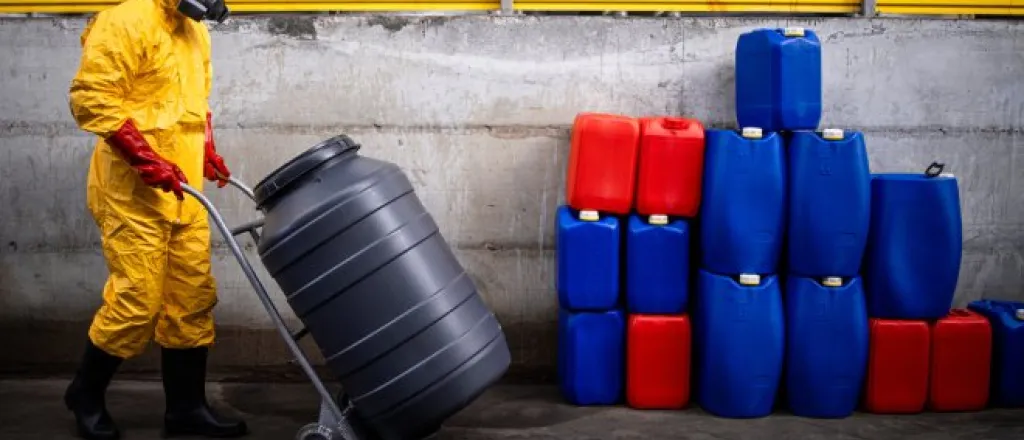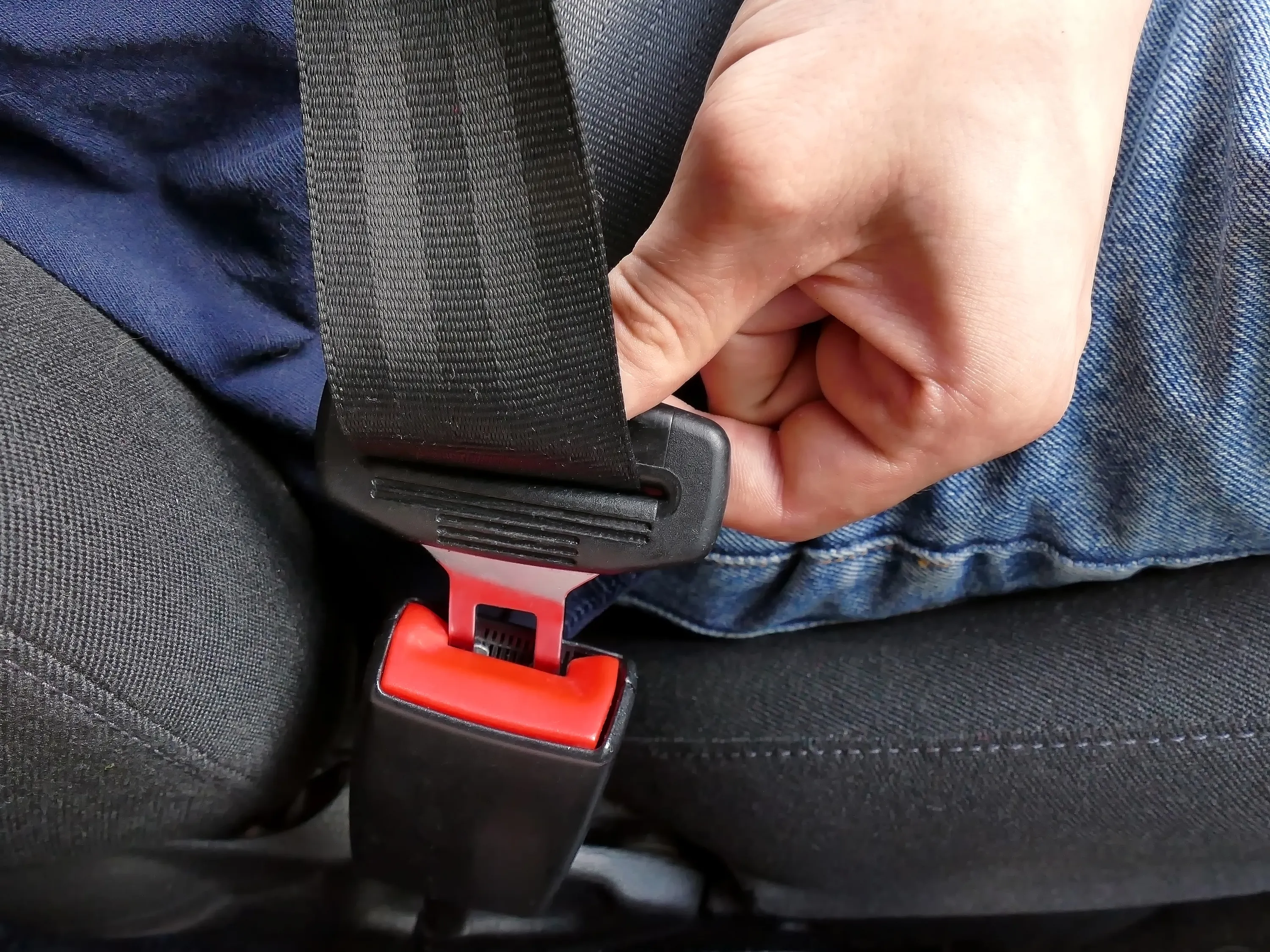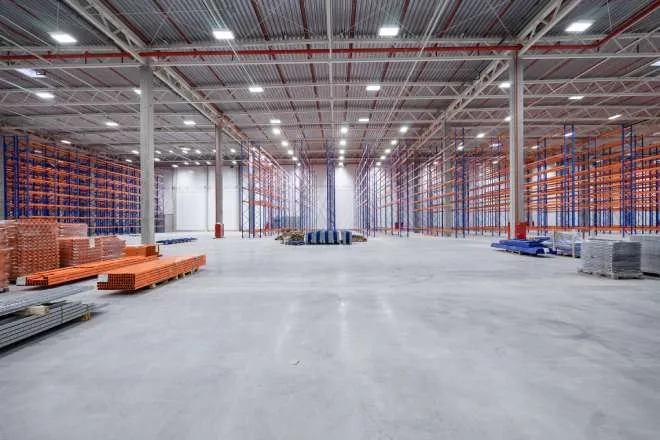
5 myths about hazardous material storage debunked
©
If you operate a facility that stores hazardous materials on the premises, you should already have protocols in place to ensure safety and compliance. Unfortunately, there’s a lot of bad information out there about hazmat material storage, leading some facilities to make significant, costly mistakes. Fines, environmental damage, injuries, and even deaths may result when improper procedures are followed. It’s time to set the record straight! Here are five myths about hazardous material storage debunked.
Myth #1: Hazmat storage is only about compliance
While it’s important to follow the rules, it’s best to think about why those rules are in place and the purposes they serve. Complying with OSHA and EPA regulations is not just about meeting basic legal requirements to avoid hassles. Such regulations were crafted to ensure safety and protect everyone’s well-being—from the employees to the community at large. Take federal regulations to heart and don’t simply do the minimum to fulfill them.
Myth #2: All hazardous materials can be stored together
Even if space is a concern, you cannot store all your hazardous materials together. Even when they’re separated into different designated containers, you still run the risk of a potential accident due to reactivity. Mixing incompatible materials may lead to explosions, fires, and toxic fumes. Be sure to practice segregation of chemicals that have bad reactions together. Keep acids and bases far apart, for example. And when storing and warehousing materials, keep safety data sheets on hand to mitigate risk.
Myth #3: Labeling is optional
Skipping and skimping on labeling is a sure recipe for disaster. Proper and clear labeling aids in everyday storage issues and lets employees and first responders quickly identify materials and react in emergencies. Institute clear and consistent labeling practices and revisit them during in sections to ensure they’re clear and legible.
Myth #4: Spill containment systems are overkill
“If you have just a few containers of hazardous materials, investing in a spill containment system is an unnecessary expense.” False! Even a small spill can cause costly damage and downtime. Containment systems and devices such as spill pallets capture leaks and prevent the contamination from spreading. There’s no such thing as a little toxicity or a safe explosion.
Myth #5: Employee training stops after the first session
Education is a lifelong process. That especially applies to safety training. Ensure all employees receive instruction in safety protocols and equipment use. Then reinforce it with ongoing training through the years. Regular training sessions and drills reinforce employees’ knowledge and confidence in responding to emergencies.
Those are just five myths about hazardous material storage debunked. Whether you engage in hazmat storage for the manufacturing industry or some other field, safety depends on fighting bad information and replacing it with the good stuff. From proper labeling to segregation and spill prevention, understanding best practices is the key to safer hazmat storage.
















